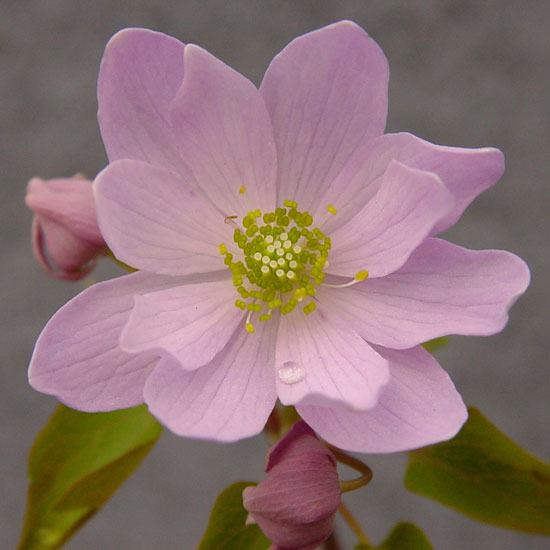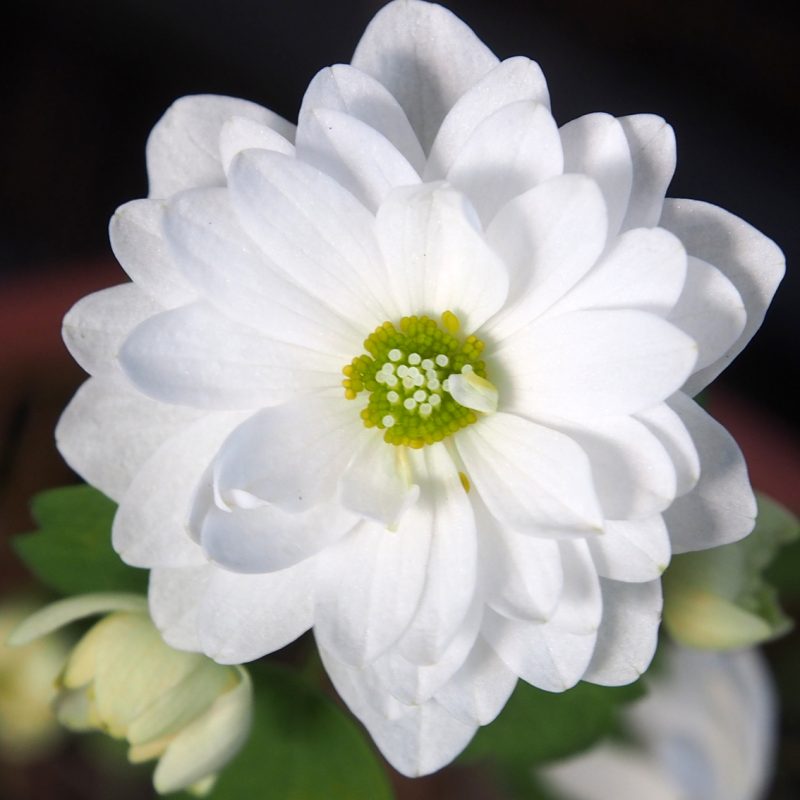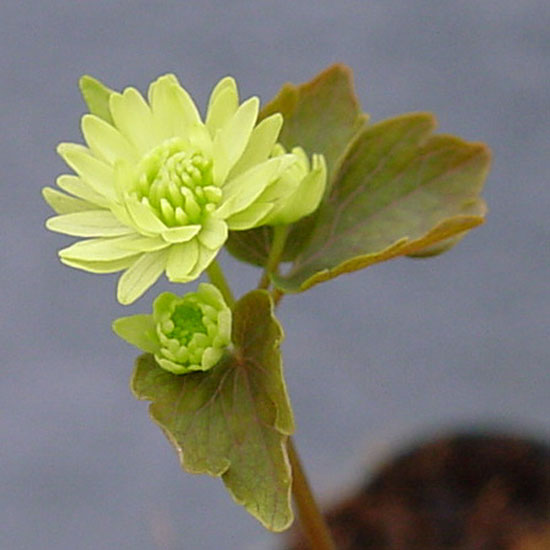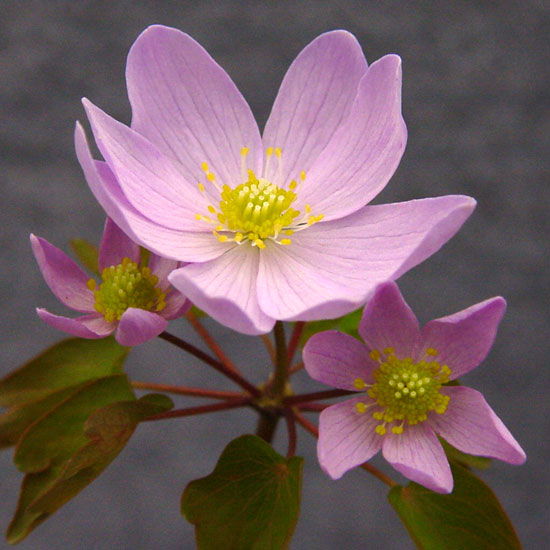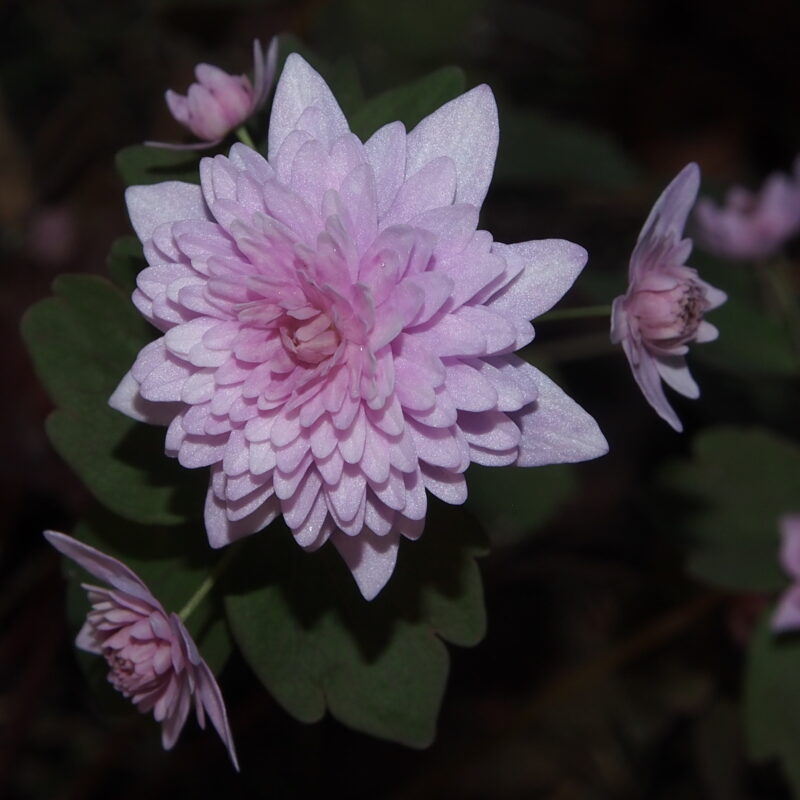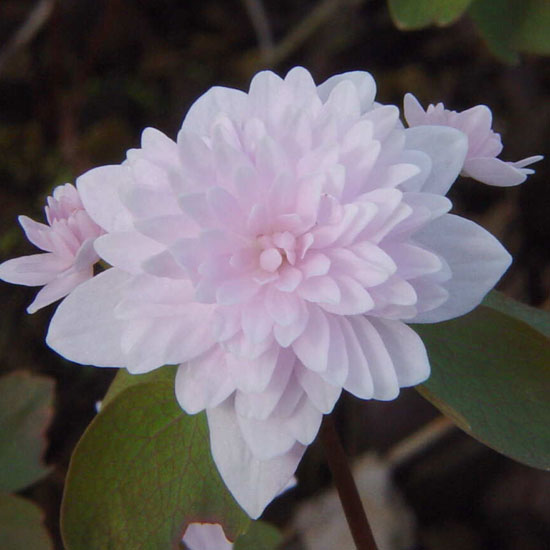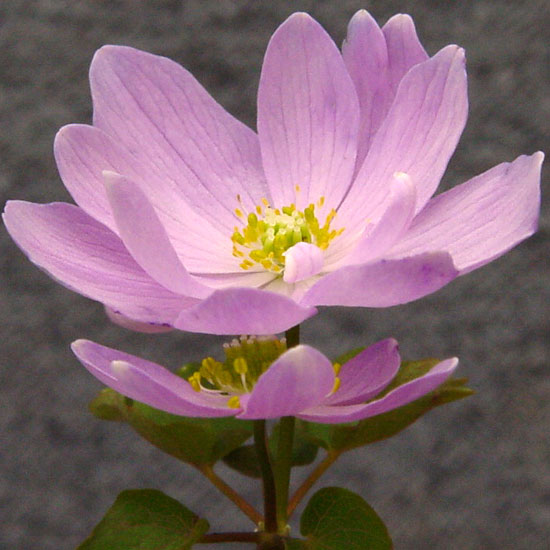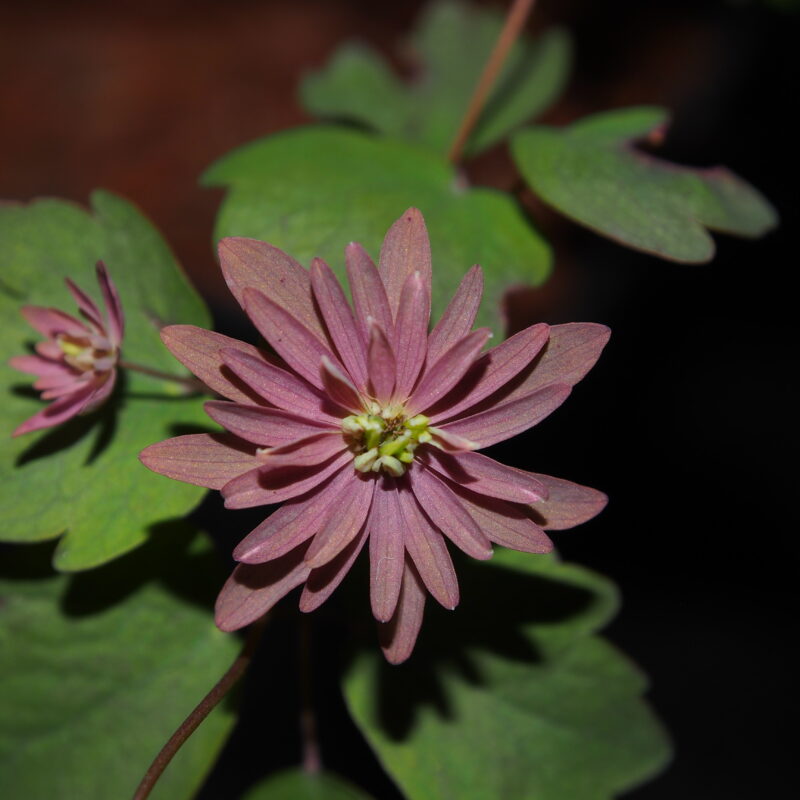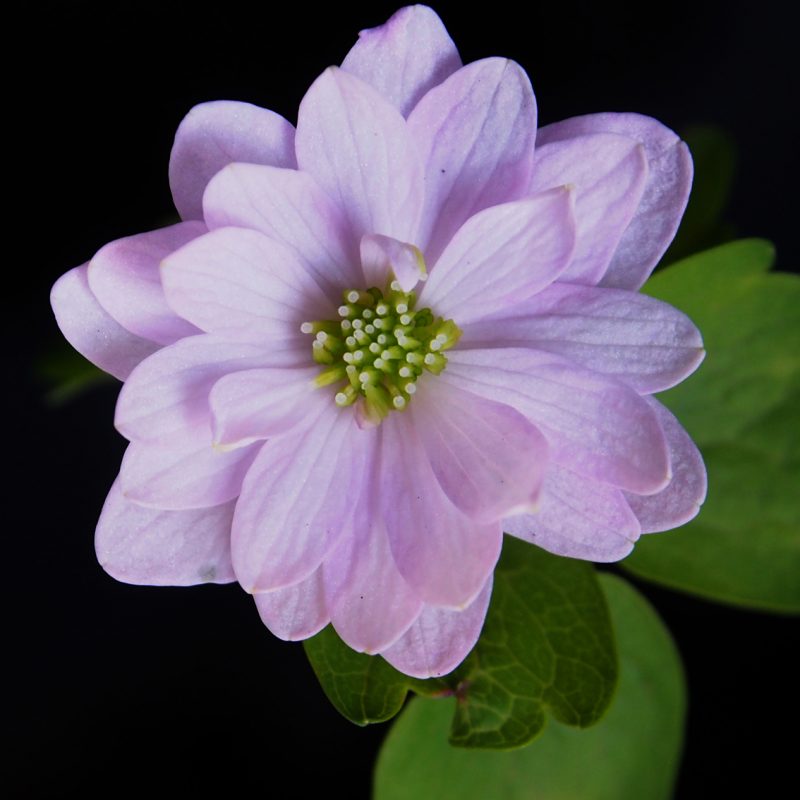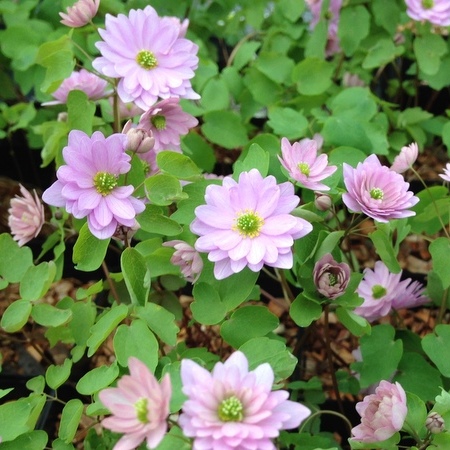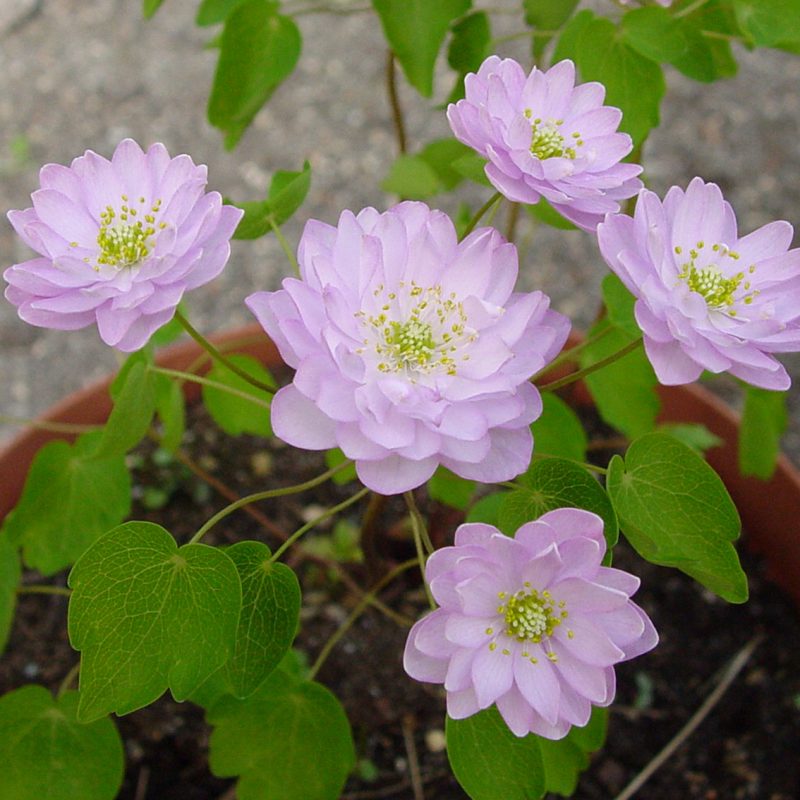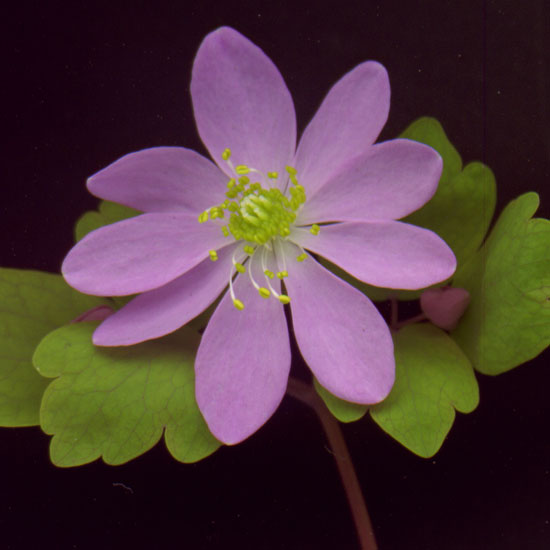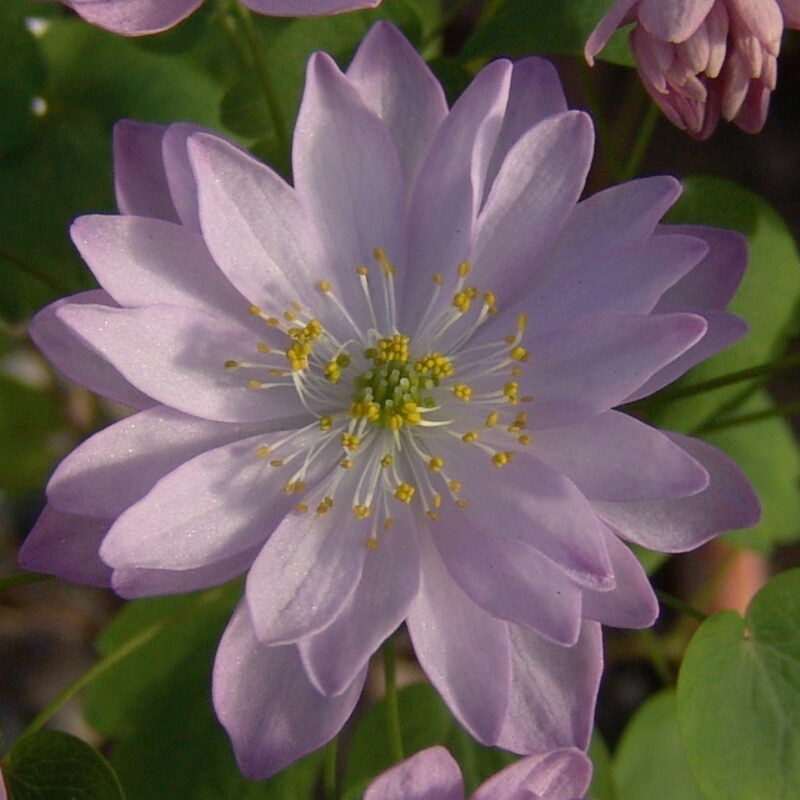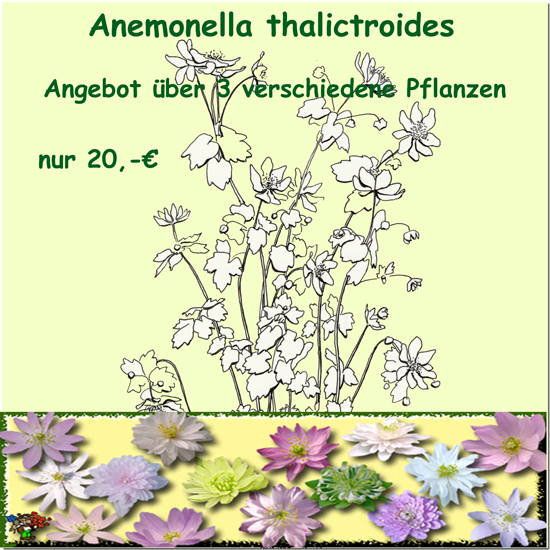Do you know that fairies live in forests? Really! Without nonsense! Just before you can discover them, they transform into very delicate plants and thus guard their secrets. For me, one of these typical fairy plants is the anemonella. In our native forests it is the wood anemone and the American counterpart is the diamond anemone (Anemonella). Very delicate, the foliage is reminiscent of columbines and with a height of just under twenty centimeters it is not a giant. But the unbridled amount of flowers, the frenzy in pink to white, makes us pause.
But don't worry, you won't get any “tender” plants in the garden. This sturdy forest shrub overwinters with a graceful rhizome, similar to a small dahlia, and thanks to its North American origins is absolutely hardy. The plants cannot prevail against overgrown neighbors, but combine them with Hepaticas, Trillium and small ferns.
A plant for those who love something special. Anemonella are delicate and at the same time breathtaking in their abundance of flowers. Their long flowering time and their ability to withstand the shade under bushes and trees are remarkable. The cultivars that have now been selected make them interesting for “collectors” and “hunters” of unusual perennials.
We have been offering this genus for more than 10 years and we are breeding new varieties ourselves, they always bring us joy and fun. We hope that we will find a new Anemonella friend in you too.
Botany: The genus has only one species and is a Ranunculaceae. It is listed under the name Thalictrum thalictroides by botanists in the USA. Its home is the mixed forests of North America and it grows on slightly acidic, humus-rich soil. The bulbous rhizomes with spindle-shaped, thickened roots are hardy. Depending on the diet, it becomes 10 to 40 cm high and flowers from the end of March to mid-June. The normal flower has 6 to 7 petals, these are arranged in a star shape. The first flower is always the largest (3.5 to 5 cm in diameter), the following ones are approx. 1.5 cm less in diameter. Their flower arrangement corresponds to that of a 2 to 4 flowered umbel. The seeds are spindle-shaped, green nuts and should be sown as soon as they are ripe.
Specialty: If the soil moisture remains the same, it will keep its leaves until August; if the planting site should dry out in June / July, it will pull in its aboveground plant parts much earlier, so the planting site should be marked. Pests: Snails, here you can work with snail traps, collecting or spreading bait.
Use: Shadow and partial shade in the garden, rock gardens with shade, as well as troughs and pots. The neighboring perennials should not be vigorous or sprout very late, so that they can take over the space that becomes free in summer / autumn. Bulb and bulbous plants such as autumn crocus, erytronium, anemone nemerosa, A. blanda, A. ranuncoloides, cyclamen are suitable. Small species should be used for ferns. In the perennial area there are many species with which to produce the Anemonella thal. can combine, e.g. Hepatica, Sanguinaria, Uvularia, Viola, Isophyrum, dwarf Thalictrum, Dentaria, Galax, Trillium ...... Grasses such as dwarf Carex species are certainly welcome in the planting.
The flowers float elf-like above the green leaves, why not in your garden too?
All Anemonella plants
-
Anemonella thalictroides Betty Blake (Green Double)
15,00 € inkl. MwSt. -
Anemonella thalictroides Doppeltes Lottchen JP
12,50 € inkl. MwSt. -
Anemonella thalictroides Schoaff´s Double Pink
15,00 € inkl. MwSt.



